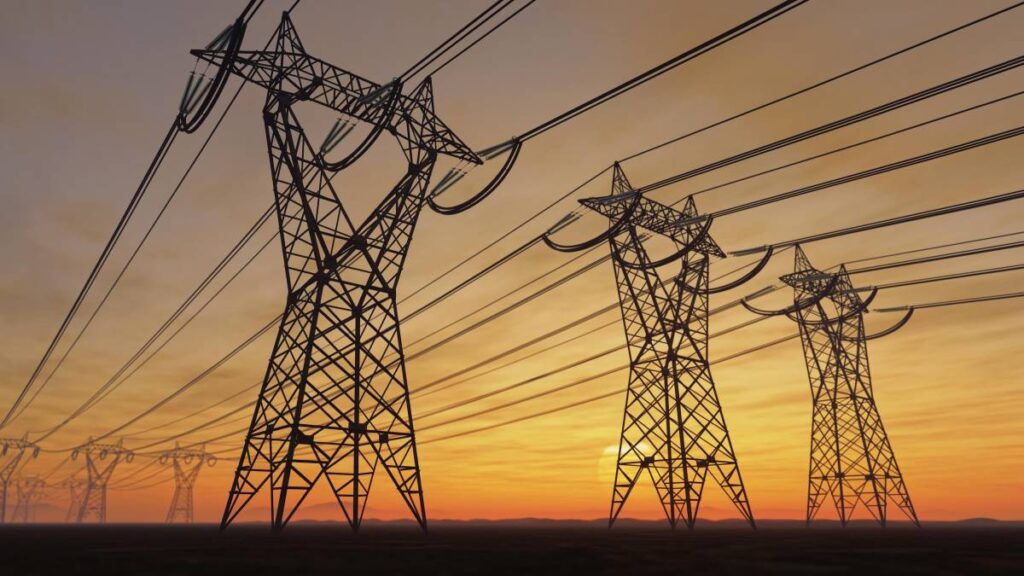Navigating the Power Surge: How AI’s Growth Could Lead to Sustainable Electricity Use
As artificial intelligence (AI) continues to revolutionize industries, tech companies and data center developers are facing a pressing concern: the soaring demand for electricity in the U.S. The rapid growth of AI technologies has generated a buzz, but it comes with worries about whether our current power grid can handle this influx. However, a recent study published this week sheds light on a potential solution to this dilemma.
A Silver Lining in Electricity Demand
According to the study, which has piqued the interest of industry experts, there’s hope on the horizon. If data centers and other major electricity consumers limit their power usage slightly—specifically to 90% of their maximum capacity for just a few hours each year—they could free up an astonishing 76 gigawatts of power capacity in the United States. To put that into perspective, this capacity exceeds the total electricity consumption of all data centers worldwide and accounts for about 10% of peak demand in the U.S.
This revelation is particularly promising as it suggests that instead of scrambling for new power sources to accommodate AI’s explosive growth, we could first make better use of our existing infrastructure.
Tapping Into Demand-Response Programs
Demand-response programs have been around for decades, enabling large energy consumers—like shopping malls, universities, and factories—to ease the load on the grid during peak demand. For instance, when scorching summer days hit, these consumers can lower their air conditioning or reduce production, all in exchange for credits on their electricity bills.
But what about data centers? Generally, they’ve shied away from these programs, focusing instead on maintaining uptime and performance for their clients. However, this study suggests that data centers are actually prime candidates for these demand-response initiatives, providing flexibility that could help stabilize the grid.
Flexibility at Play: How Data Centers Can Help
There are several strategies that data centers can employ to cut back on electricity use, all while efficiently managing their workloads:
-
Temporal Flexibility: By shuffling computing tasks to off-peak hours, data centers can alleviate demand. For instance, AI model training—which can be resource-intensive—could be rescheduled during periods of lower electricity use.
-
Spatial Flexibility: This involves moving computing tasks to data centers located in regions with lower demand. Additionally, operators can consolidate server loads and temporarily shut down some servers to save energy.
- Alternative Power Sources: In situations where tasks are critical and can’t be postponed or redirected, data centers can leverage alternative energy sources. Batteries can be particularly useful, as even smaller installations can provide several hours of backup power almost instantly.
Real-World Examples
Several tech giants are already testing the waters with these approaches. For example:
- Google has integrated its carbon-aware computing platform to facilitate demand response efforts.
- Enel X collaborates with data centers to utilize batteries from their uninterruptible power supplies (UPS) to bolster grid stability.
- PG&E is incentivizing data centers to engage with demand response initiatives by fast-tracking their connection to the grid.
While implementing these strategies won’t completely remove the need for new power generation, they could mitigate the risks associated with AI’s insatiable thirst for energy and alleviate the fear of half of new AI servers being underpowered.
Finding Balance Amidst Growth
The rising concern over electricity demand due to AI growth doesn’t have to spell disaster. By harnessing existing capacities and adopting innovative strategies, tech and data center players can navigate these challenges more effectively. This shift could turn what seems like an impending crisis into a manageable situation.
The AI Buzz Hub team is excited to see where these breakthroughs take us. Want to stay in the loop on all things AI? Subscribe to our newsletter or share this article with your fellow enthusiasts.




